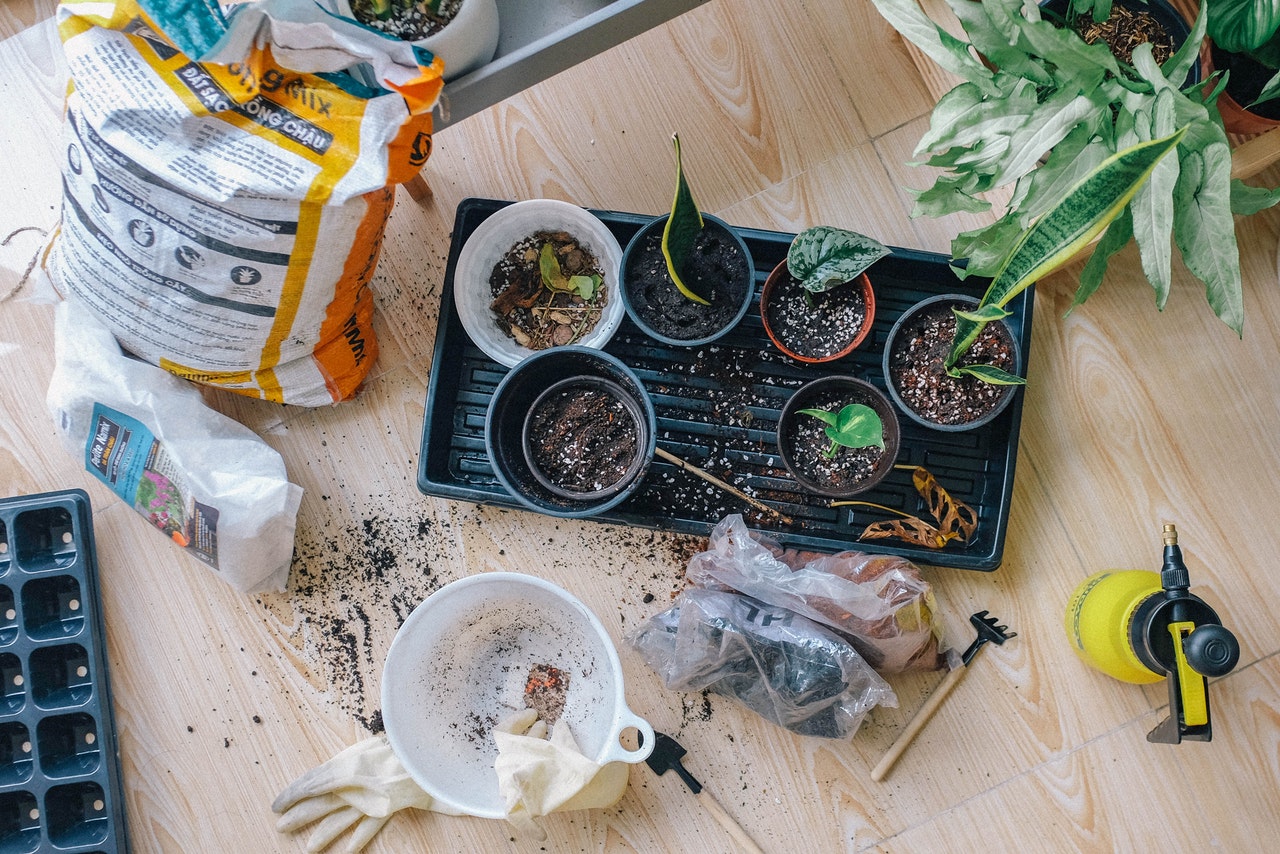Have you ever gotten sick of keeping up with the hectic and tiring urban lifestyle? Then making your own oasis in the middle of a dull urban setting might be the solution for you. Urban rooftop gardening has increased in popularity as the trends are geared toward sustainability and organic lifestyles. You can see pleasant and quaint gardens on rooftops of apartments and buildings in urban areas from all around the world. For homeowners who live in small and crowded apartments, they can now create their green gardens by maximizing the small space in their rooftops through urban gardening. Moreover, having a relaxing place to hang out and grow your produce can bring numerous benefits and advantages.
Besides the therapeutic aesthetics and relaxing atmosphere that comes with rooftop gardens, it can actually help save energy by providing insulation for the rooms below it. In this way, you can avoid spending more on heating or cooling systems in your apartment. What’s more is that rooftop gardens can retain and harvest rainwater, ultimately helping lessen flooding cases. Additionally, you can plant and grow your produce like chemical-free and natural vegetables, fruits, and herbs.
What you need to know about herbs
Growing your own herb garden is a great and easy way to introduce yourself to the art of gardening. The easiest and simplest herbs you can start with are basil, mint, and parsley. This selection of herbs usually grows an abundance of foliage, and harvesting them frequently will not harm them. It might be best to read up on the specific herbs you plan to grow and familiarize yourself with their growing conditions and the best gardening methods for these types of plants.
The most crucial factors of growing herbs at home are the sun and soil. Keep in mind that your garden needs to be stationed somewhere that gets a lot of sunlight, and the soil needs to be well-drained as well. Well-drained soil with a lot of compost can do wonders to your herbs. A great amount of compost in your soil can bring in more nutrients to your herbs as they grow.
Watering your herbs is just as important since these plants will usually need more water than others. Ensure your soil is moist down to the bottom and not just on the surface. Also, don’t forget to guarantee proper drainage to avoid root rot due to overwatering.
One common mistake that beginner gardeners commit is not harvesting herbs that often. The more you harvest, the more your herb plant will produce foliage. Therefore, you can gather and enjoy more herbs for your meals.

Establish a location
Before getting into the laborious work of growing your herb garden, it is best to make sure that your location is safe and secure. Look up your local ordinances, regulations, and property rules to prevent any legal issues or complications in the future. After that, it is best to contact a professional to evaluate your roof deck’s sturdiness, structure, and space. This is best for when you’re planning on renovating your rooftop. It’s essential to figure out the perfect elements from vinyl windows to light-weight garden beds. Many details can contribute to your rooftop garden’s charm and functionality, including your herbs’ growth and health.
Gather your materials
Collecting the materials you will need for your rooftop garden is one of the most vital aspects of making your own rooftop herb garden. Some of the materials you will surely need are gardening tools, soil, water, fertilizers, herbs, and containers. Fortunately, the tools required for rooftop gardening are lesser and more accessible compared to a full-on traditional garden.
Consistency is key
In conclusion, growing your own garden can bring forth several challenges, especially if you’re starting. Despite that, building your own urban rooftop herb garden can be extremely rewarding in the long run. It’s best to stay motivated and determined to grow and nurture your plants consistently to produce great quality herbs.